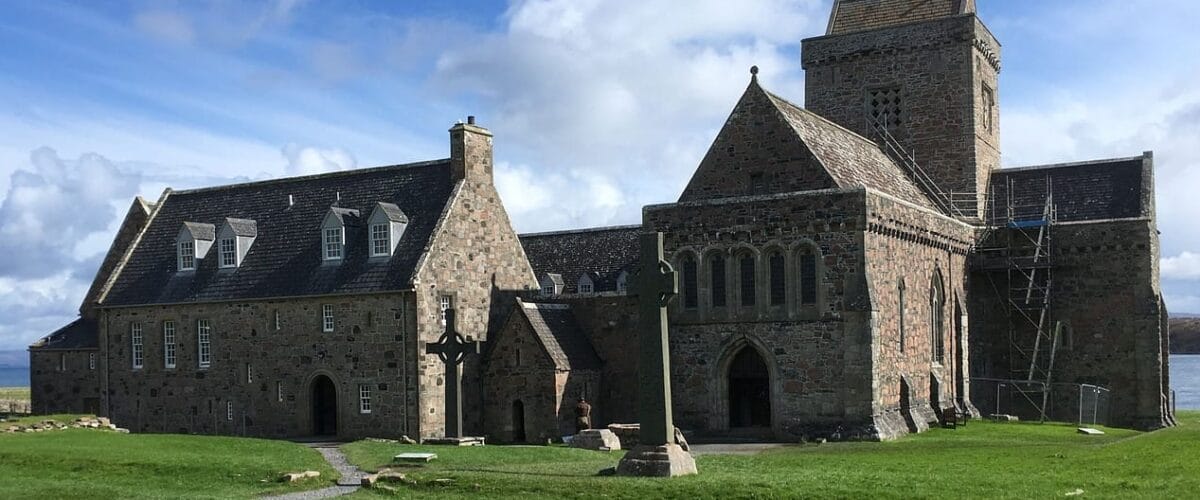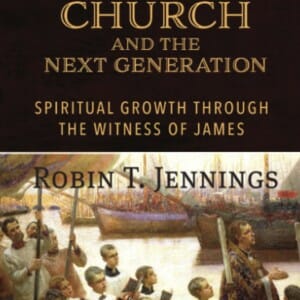The Island of Iona is three miles long and two miles wide. Yet, it is considered “the cradle of Christianity.” Jenny Weeks and I are leading a pilgrimage through Scotland on the theme of Celtic Christianity September 16-26, 2024. This is not an infomercial but it is an invitation should you be interested in renewal, feel free to contact either one of us for further information.
Again, not to “sell” you on this pilgrimage but the beauty of traveling in September is the tourist season is over, children are back in school, rates are cheaper, and the weather is best time to travel through Scotland. All that is great but sorry, no golf clubs allowed.
This pilgrimage is designed to open a chapter in church history that often is overlooked. After the fall of Rome and the dark ages ensued, the spread of Christianity became the light renewing a fallen world, or as author Thomas Cahill wrote this was an age of, How the Irish Saved Civilization.
Such a period of experiencing life-with-God is not locked in the past. If you have read this far, my hope is our pilgrimage will open us—as pilgrims—not only to a storied past but to an experience with God today allowing us to celebrate the promise of renewal and perhaps a deepening awareness of God who awaits us when returning home.
This use of the word “home” is intentional. St. Columba was in exile from Ireland and when he stepped on the small Isle of Iona, he had a deep sense of hiraeth meaning he was homesick. He felt lost. There was about him a soul-draining, or an emptiness and longing to look back. His disciples, shortly after docking the boat, however, noticed a bird—a crane—which had landed near them. The bird was wet, exhausted, and hungry much like the men in the boat.
These disciples were certain, as was St. Columba, the crane had flown with them from Ireland to the Isle of Iona. They fed and cared for the bird for the next three days. Remarkably, after three days and three nights, the bird awoke and left the Isle of Iona flying back presumably to Ireland. For St. Columba and his disciples, the bird was a sign of New Life, and as St. Paul writes to the Ephesians: “So then you are no longer strangers and aliens, but you are citizens with the saints and also members of the household of God, built upon the foundation of the apostles and prophets, with Christ Jesus himself as the cornerstone” (Ephesians 2:19-20).
Rather than looking back, St. Columba led a monastic movement where it is said he founded forty-one monasteries in forty-one years transforming his hiraeth—homesickness—into a passion for seeing eternity within the midst of ordinary, everyday life.
Such a vision of the Gospel and its application to our life is a way of living the Lord’s Prayer here on earth as it is in heaven. This witness continues to thrive on the holy Isle of Iona where Jenny Weeks and I will be leading pilgrims in September who seek and long for this renewed life with God. We hope there are readers today who might be able to join us.
This is an updated edition of a post originally published on Robin Jennings
Featured Image by daisiem from Pixabay









Comments are closed.